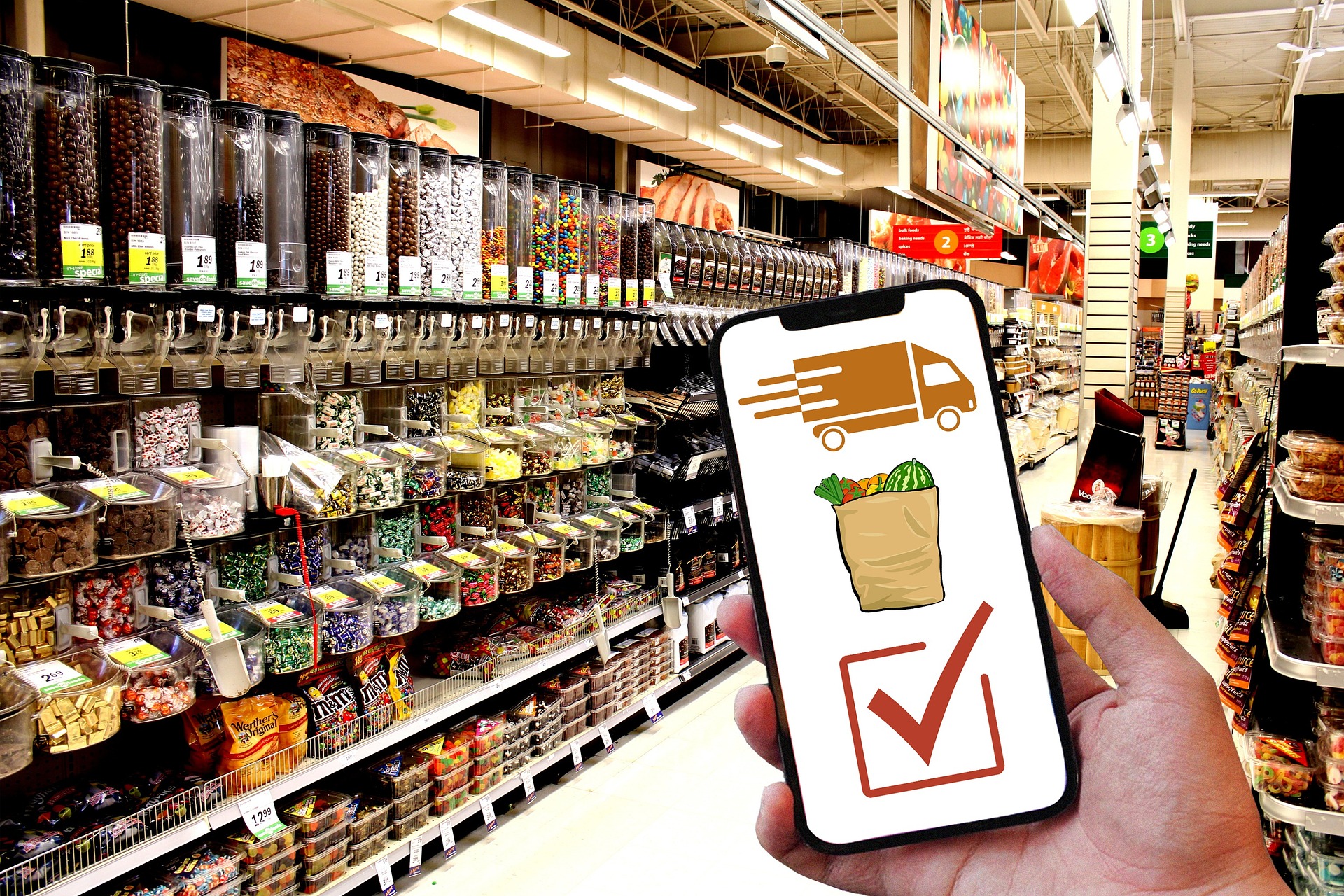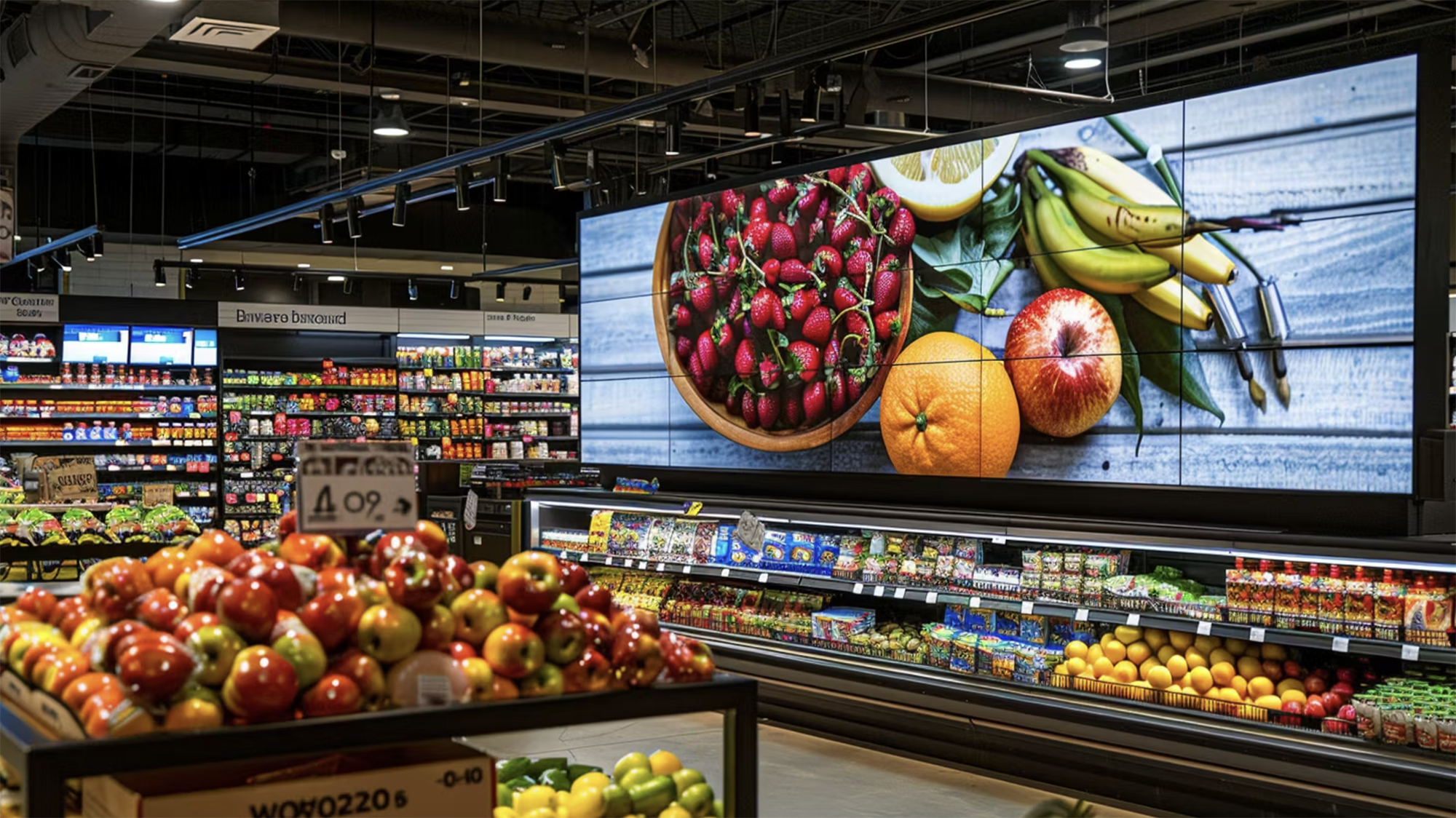Tesco: The Pillars of Success and Market Leadership
.png)
At a Glance
- Tesco leverages bulk buying for cost savings.
- Tesco Bank profit up 213.6% in 2023/24.
- 22M Clubcard households fuel targeted marketing.
- Achieved 61% emission reduction, net-zero by 2050.
- 2023/24 sales up 7.4% to $78.08 billion, profit up 12.8%
Tesco, one of the world's leading retail giants, has cemented its place at the top through a combination of strategic initiatives, innovation, and customer-centric policies. This article delves into the core reasons behind Tesco's success, what sets it apart from its competitors, and highlights its market leadership.
Strategic Initiatives and Innovations
1. Economies of Scale Tesco leverages its vast network of stores to achieve economies of scale. By purchasing goods in bulk, Tesco negotiates lower prices from suppliers, reducing costs and passing these savings to customers. This scale also spreads fixed costs, such as advertising and IT infrastructure, over a larger revenue base, further enhancing profitability. This monopsony power is a critical factor in maintaining its market leadership.
2. Diversified Revenue Streams Tesco's business model extends beyond groceries. The company has diversified into online grocery delivery, clothing, household goods, insurance, and banking services. This diversification spreads risk and increases profitability. For instance, Tesco Bank’s adjusted operating profit saw a remarkable increase of 213.6% in the 2023/24 financial year.
Global Expansion - Tesco's strategic acquisitions and international expansions have significantly contributed to its growth. By entering new markets and acquiring local brands, Tesco has extended its footprint globally, particularly in Europe and Asia. Although not all expansions were successful, the overall strategy has provided a substantial boost to its market presence.
3. Data-Driven Decision-Making Tesco employs advanced data analytics to understand customer behavior and preferences. The Tesco Clubcard loyalty scheme is instrumental in this respect, providing valuable insights that drive pricing, inventory, and marketing strategies. This data-driven approach has enabled Tesco to optimize operations and enhance customer satisfaction.
4. Supply Chain Management An efficient supply chain is a cornerstone of Tesco's operations. The company’s investments in AI technology, such as a new range optimization tool and an enhanced transport scheduling system, have streamlined logistics and reduced costs. This efficiency ensures that products are available when and where customers need them, boosting sales and loyalty.
5. Cost-Cutting Strategies Tesco has implemented several cost-cutting measures, including energy consumption reduction and logistics process automation. In the 2023/24 fiscal year, Tesco achieved savings of approximately $812.8 million through its "Save to Invest" initiative. These savings are reinvested in improving the customer experience and maintaining competitive prices.
Innovation and Technological Integration
Online Shopping and Digital Transformation Tesco has embraced digital transformation to stay ahead of the competition. The company offers a robust online shopping platform, complete with home delivery and click-and-collect services. The integration of digital tools and AI-powered analytics has streamlined operations and improved customer engagement.
Self-Service Technology Innovative technologies, such as self-checkout kiosks and automated inventory management systems, enhance the shopping experience and reduce operational costs. Tesco's focus on technological advancement ensures that it remains competitive in an increasingly digital marketplace.
Unique Selling Points
1. In-House Brands Tesco has successfully created and scaled its in-house brands, such as Tesco Finest and Plant Chef. These brands provide high-quality alternatives to third-party products at competitive prices. The sales of Tesco Finest alone exceeded £2 billion in the 2023/24 financial year, demonstrating the strength of this strategy. This approach aligns well with broader industry trends observed in the Q1 2024 State of Digital Grocery Performance Scorecard by Grocery Doppio, which notes a significant increase in digital grocery sales to $31.4 billion.
The report highlights the ongoing shift towards eCommerce and the importance of efficient inventory management, with 72% of grocers reporting improved inventory performance. This context underscores the relevance of Tesco's private brands in catering to evolving consumer preferences and enhancing digital sales channels, contributing to the company's robust financial performance in a dynamically changing retail landscape.
2. Adaptability Tesco operates five different types of stores, each tailored to specific customer needs. From large Tesco Extra stores to small Tesco Express outlets, the company ensures it meets varied consumer demands. This adaptability extends to online shopping, where Tesco's market share in the UK is approximately 34%, supported by services like Tesco Whoosh, which offers rapid delivery.

3. Customer-Centric Approach Tesco's success begins and ends with its customers. The company places a significant emphasis on understanding customer needs and preferences, which allows it to anticipate and respond effectively. This customer-centric approach is evident in various facets of its operations, from product selection to service delivery.
4. Sustainability Initiatives Tesco is committed to sustainability, aiming for net-zero emissions across its entire value chain by 2050. The company has already achieved a 61% reduction in emissions from its operations, exceeding its 2025 target. Initiatives include transitioning to electric delivery vans and installing solar panels on stores, aligning with consumer preferences for environmentally responsible businesses. This commitment resonates with broader industry trends highlighted in the January 2023 State of Digital Grocery Performance Scorecard from Grocery Doppio.
The report reveals that 76% of grocers identify improving sustainability as a C-level priority, and 73% of shoppers express a desire for sustainability-related product information both on the product and digital channels. Additionally, 37% of shoppers are willing to pay a premium for sustainable products, underscoring the growing consumer demand for responsible retail practices and Tesco's proactive approach in meeting these expectations. This strategic focus not only enhances Tesco's environmental credentials but also aligns with the increasing profitability seen through digital platforms, where sustainability attributes significantly contribute to consumer purchasing decisions.
5. Community Engagement Tesco actively supports local communities through job creation, supporting local suppliers, and engaging in community programs. This commitment to corporate social responsibility strengthens its brand reputation and fosters customer loyalty.
6. Clubcard Loyalty Program The Clubcard program not only rewards loyal customers with discounts but also provides Tesco with granular data on purchasing habits. This data helps in demographic analysis, lifetime value analysis, and targeted marketing campaigns. With over 22 million Clubcard households in the UK, the program significantly enhances customer retention and sales. The Tesco Clubcard program is a prime example of how Tesco leverages customer data to enhance the shopping experience. By offering points and rewards for purchases, Tesco not only fosters customer loyalty but also gathers valuable data on purchasing habits.
7. Price Match Guarantee Tesco’s Brand Guarantee Scheme assures customers they are getting the best deal by offering immediate discounts if a competitor’s price is lower. This scheme has strengthened customer trust and loyalty, ensuring Tesco remains the preferred choice for many shoppers.
Adaptability and Market Responsiveness
Flexible Store Formats Tesco operates various store formats, including Tesco Extra, Tesco Superstores, Tesco Metros, Tesco Express, and One Stop Shop. Each format caters to different customer needs, from comprehensive shopping experiences to quick, convenient purchases. This flexibility allows Tesco to effectively serve diverse market segments.

Responding to Market Trends Tesco's ability to adapt to changing market conditions is a key factor in its success. Whether it’s responding to the rise of online shopping or adjusting to economic fluctuations, Tesco’s agility ensures it remains relevant and competitive.
Market Leadership
Tesco's market leadership is evident in its robust financial performance. In the 2023/24 financial year, Tesco's group sales (excluding VAT and fuel) increased by 7.4% to £61.477 billion, and its adjusted operating profit rose by 12.8% to £2.829 billion. These figures highlight the company's strong market position and effective business strategies.
Tesco continues to gain market share and achieve volume growth, particularly in the UK and the Republic of Ireland, where like-for-like sales increased by 7.3%. The company's focus on value, quality, and convenience, coupled with strategic investments in digital and physical infrastructure, ensures it remains a dominant force in the retail sector.
Industry Recognition and Benchmark Performance
In an article published by Grocery Doppio on March 3, 2023, Tesco's digital performance was highlighted, emphasizing its strong sales performance and digital innovations. The article noted Tesco’s impressive growth in Clubcard app users, expanding from two million in 2020 to nine million by 2022. Additionally, the company's partnership with Loop for reusable packaging and its increased online shopping capacity to 1.5 million slots per week were recognized as significant advancements.
Conclusion
Tesco's success and market leadership stem from its ability to leverage economies of scale, diversify revenue streams, and make data-driven decisions. Its unique selling points, such as in-house brands, adaptability, sustainability initiatives, and the Clubcard loyalty program, set it apart from competitors. With a strong foundation and continuous innovation, Tesco is well-positioned to maintain its market leadership and continue serving its customers, communities, and the planet a little better every day.


.png)







.png)


